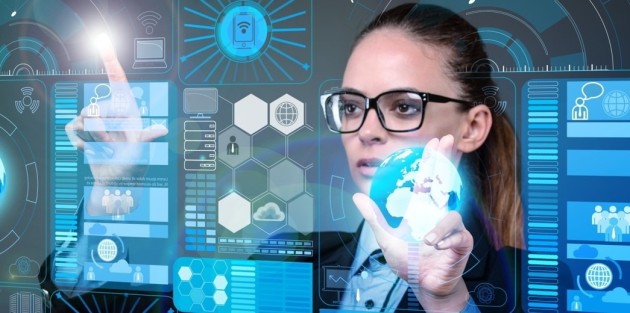Both ML and AI have grown in popularity in the last few years. All thanks to people who release newer technologies every year.
With ML, analysts can uncover hidden insights and subtle patterns and discover discrepancies in vast amounts of data. Many companies choose to take advantage of the expertise of a machine learning agency.
Today’s article covers the latest developments in machine learning.
Machine learning recent developments
AUTOMATION THROUGH MLOPS AND AUTOML
Among the many machine learning developments, we can distinguish automation. No wonder many companies invest in ML development, seeing what potential it has and how many benefits it can bring. For example, an ML model designed with the aim of business processes will be able to automate sales, marketing, HR, and network security.
The two most popular machine learning applications are MLOps and AutoML. They not only automate tasks but also apply DevOps policies to different machine learning use cases. MLOps is a term used to describe the process of creating, deploying, and maintaining machine learning models. Machine learning operations are a discipline that combines machine learning, DevOps, and data engineering to find faster, easier, and more efficient ways to machine learning.
In turn, AutoML is the process of automating the time-consuming, iterative tasks of building a machine learning model. It enables data scientists, analysts, and developers to build large-scale, high-performance, and productive ML models while maintaining model quality.
QUANTUM ML
Generally, quantum ML combines quantum physics and machine learning. Quantum machine learning is revolutionizing the world of science and business. However, the high computational cost of model training hampers field development and scope. The area of quantum machine learning covers the development and implementation of quantum software that enables machine learning to run faster than classical computers. So quantum computing combined with classical ML algorithms helps provide quantum versions of ML algorithms.
A quantum computer can be used to create more powerful machine learning and AI models. Therefore, businesses can reap tremendous benefits from this integration. What? Above all, organizations will be able to solve problems that are currently difficult to tackle.
MACHINE LEARNING IN THE CLOUD
Cloud ML solutions are gaining momentum. Currently, it is estimated that by 2025 the cloud ML market will reach $ 13 billion. The advent of cloud machine learning allows companies to achieve truly transformational changes. What is more, it enables organizations to experiment and expand the capabilities of ML. This solution opens up many possibilities for the company to become based on artificial intelligence. Developers and data scientists can use cloud-based machine learning services for accelerated development and experiments, including pre-trained models, speech, vision, and video APIs, frameworks, and general-purpose algorithms (fraud detection, inventory management, etc.).
TINY ML
Most artificial intelligence (AI) operations require large amounts of memory and CPU power to run, often unattainable in small IoT applications. For this reason, these applications must work based on task offloading – calculations are sent to computing clouds, where they are processed, and the results are returned. This, in turn, requires communication. For these reasons, it was decided to consider moving machine learning from large high-performance mainframes to small battery-powered microprocessors. Such a solution would not only provide a significant security improvement – the data would not have to be sent to the cloud for analysis, but would also allow the design of applications with completely new functions that are possible today.
DEMOCRATIZED ML
Under the concept of democratizing artificial intelligence, there is a desire to make AI available to more people. So that its achievements are not used by highly specialized experts only. Democratized artificial intelligence will not only accelerate the development of artificial intelligence but also ensure the level of accuracy provided by experts in a given field. Democratizing AI makes it easier to process big data for people who do not have the technical skills but want to use them to achieve better results and make everyday life easier. One way is to use data virtualization software that takes data and processes it without knowing its technical aspects.
REINFORCEMENT LEARNING
Reinforcement Learning is a way of solving some problems that cannot be easily solved (analytically), or we do not have a good model. Utilizing deep learning, RL enhances the effectiveness of captured data by using its own experiences. In the case of RL, the environment from which the model will collect data automatically is being prepared. The software learns how to perform actions to achieve the ultimate goal. Reinforcement learning can be exemplified by a chatbot that answers simple user questions, like greetings, ordering, or scheduling consultations.
Conclusion
Indisputably, ML, like other new technologies, is rapidly evolving and becoming a driving force. The last few years have been very fruitful – scientists have made great strides, affecting virtually everything. Taking into account the latest developments in machine learning and a wide range of applications, ML and AI will become the mainstream in the corporate world.









![Anso FG Reviews: UPDATED 2024 [ansofg.com] Anso FG Reviews UPDATED 2024 [ansofg.com]](/wp-content/uploads/2023/12/Anso-FG-Reviews-UPDATED-2024-ansofg.com_-100x70.png)








